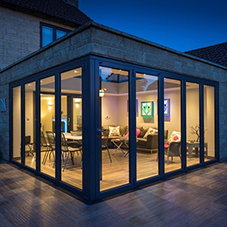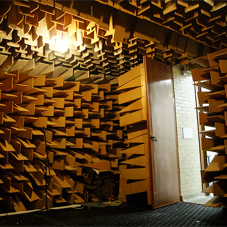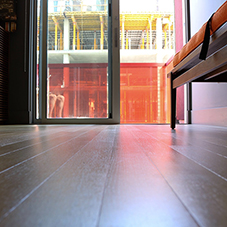With the nights getting shorter and the air getting cooler I have had a look at how underfloor heating can provide an alternative to traditional radiators to keep interior space warm and toasty as the winter approaches.
Though many of us have our fingers crossed that an “Indian Summer” will manifest this autumn the reality is the weather is starting to cool down as September draws to a close. With this in mind now is the perfect time to think ahead to how you can keep those heating bills down over the cold winter months. I have had a look at some of the benefits choosing an under floor heating system can bring.
Underfloor heating systems sit beneath a variety of flooring types including tiles, wood, vinyl, laminate and even carpeted surfaces, to provide an alternative to traditional wall mounted central heating. The two main types of underfloor heating to choose from are electric underfloor heating, which is known as a dry system, and water, pump-driven, underfloor heating, or a wet system.
Hot water systems
Hot water underfloor heating works by circulating warm water through a series of pipes that are fitted underneath the floor creating a large radiant surface that heats a room from the floor upwards. Water-based systems are ideal for new-build applications and should be installed along with recommended floor insulation and screed systems to ensure optimum performance.
Water-based underfloor heating requires lower water temperatures than conventional heating systems and can be easily connected to a range of ecofriendly heat generators like solar panels and geo-thermal heat pumps.
Electric systems
Electric under floor heating works by installing a series of electric wires beneath or within your flooring. The electric systems can consist of loose-fit wiring, which is flexible enough to fit into small or awkward spaces, or heating mats, which can be rolled out to cover larger areas. Electric systems require less depth than the water-based equivalents which make them ideal for retrofitting applications.
What are the benefits?
The radiant form of heating generated by an underfloor heating system can be more comfortable than the convected heat provided by radiators. Convected heat draws cold air across the floor, heating it and then convecting it upwards towards the ceiling which creates an uneven distribution of heat in a room. The below diagram compares the heat distribution of under floor heating and wall-mounted radiators:
As well as creating a more even heat distribution, underfloor heating also allows for interior design freedom. Underfloor heating is invisible and being under the surface gives you a totally flexible layout with no wall mounted radiators to limit interior designs and furniture arrangements.
Useful links:
• For more interior design inspiration read our Interior Design blog posts
• Click here to view underfloor heating products










